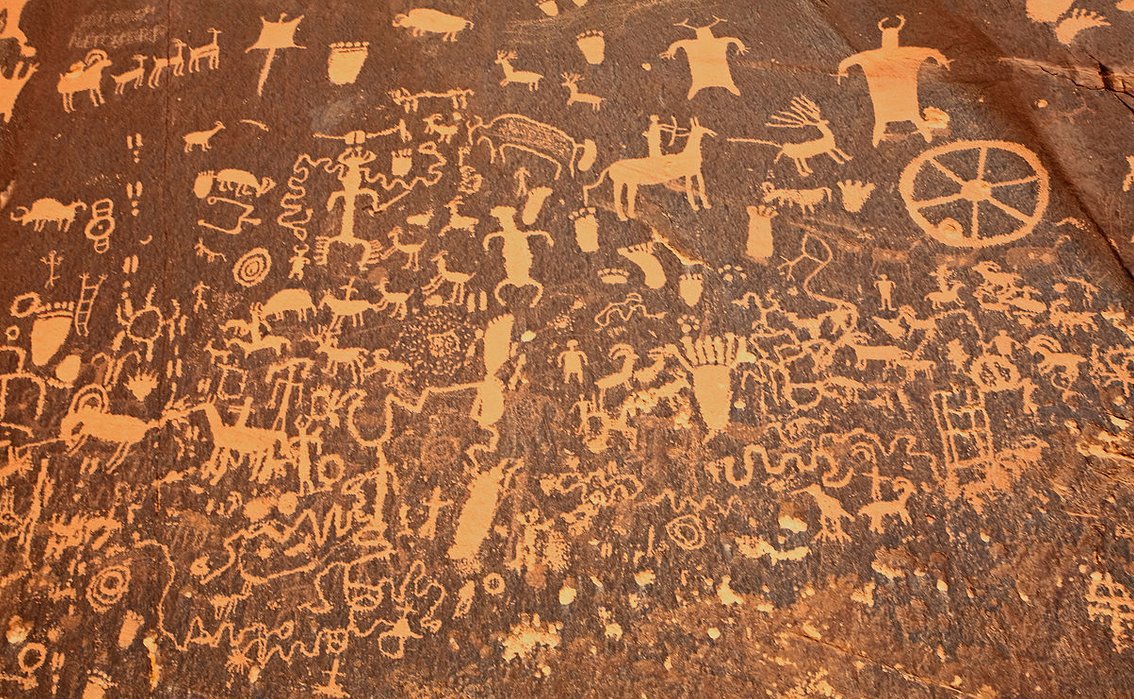Newspaper Rock Art: Ancient Indian Petroglyphs Tell 2,000-Year-Old Story Of Utah
A. Sutherland - AncientPages.com - Newspaper Rock is one of the finest and largest collections of Indian rock art to be found anywhere in the U.S.
The first carvings at the Newspaper Rock site were made around 2,000 years ago, by people from the Archaic, Anasazi, Fremont, Navajo, Anglo, and Pueblo cultures who lived in Puerco River Valley from about 650-2,000 years ago.
In Navajo, this rock - covered with almost two millennia-old stories written in stone - is called "Tse' Hone" (‘the rock that tells a story’).
This fascinating petroglyph panel (above) is located in San Juan County, Utah, along Utah State Route 211, 28 miles (45 km) northwest of Monticello and 53 miles (85 km) south of Moab, on the road that leads to the Needles District of Canyonlands National Park.
The petroglyphs were carved in sandstone by Native Americans during both the prehistoric and historic periods. We can find them in countless places across the U.S. In Wyoming's Bighorn Basin there are Thunderbird Petroglyphs, which have always had an important meaning in beliefs of the ancient people of this region.
People created this rock art thousands of years ago and not only in Bighorn Basin but also in other places like at the Winnemucca Lake, with the oldest known petroglyphs in North America. Cut into several boulders located within the Pyramid Lake Indian Reservation, in western Nevada, the petroglyphs date to at least 10,500 years ago and perhaps even as far back as 14,800 years ago.
Now, we go back again to the Newspaper Rock, where hundreds of human hands, snakes, stick figures, a great variety of shapes, symbols and signs and animal figures like deer, bighorn sheep, cover the area.
There are over 650 rock art designs that can be found in the area of Newspaper Rock. It is also unclear why there is such a large concentration of petroglyphs in this particular area.
The petroglyphs have a meaning, which more or less remains an unsolved ancient mystery.
The Hopi Indians left their ancient stories written in stone in the form of petroglyphs in the Lyman Lake State Park, Arizona, and many other places. Ancient rock art images are etched into boulders; they are numerous signs and symbols were left by ancients passing the area.
See also:
Petroglyphs At The Winnemucca Lake: North America’s Oldest Known
Lyman Lake Petroglyphs Left By Ancestors Of The Hopi Indians
Bandelier National Monument: Unusual Ancient Ruins Of Pueblo People In The Southwest
One story related to the Newspaper Rock mysterious petroglyphs, says that a few years ago up in northern Utah, there was a man who claimed to have deciphered a large number of rock carvings around the West. According to this man, rock art tell the story of an ancient, long-forgotten culture of prehistoric peoples whose lives loosely followed stories in the Book of Mormon. That man died under suspicious circumstances, however, and before he could fully tell his story.)
Even so, petroglyphs that in a way, remind us of a newspaper, provide an important historical source of information on events and experiences of ancient people in the valley.
Written by – A. Sutherland - AncientPages.com Senior Staff Writer
Copyright © AncientPages.com All rights reserved. This material may not be published, broadcast, rewritten or redistributed in whole or part without the express written permission of AncientPages.com
Expand for referencesMore From Ancient Pages
-
 Don’t Underestimate The Rishis – Ancient Sages Were ‘Probably Great Scientists’
News | Sep 26, 2015
Don’t Underestimate The Rishis – Ancient Sages Were ‘Probably Great Scientists’
News | Sep 26, 2015 -
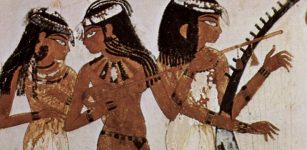 How And Why Did Ancient Egyptians Women’s Rights Change During The Greco-Roman Period?
Archaeology | Apr 16, 2019
How And Why Did Ancient Egyptians Women’s Rights Change During The Greco-Roman Period?
Archaeology | Apr 16, 2019 -
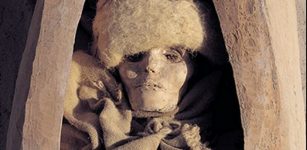 Mysterious Sleeping Beauty Of Loulan Mummy Is Still Perfectly Preserved After 3,800 Years!
Civilizations | Oct 30, 2014
Mysterious Sleeping Beauty Of Loulan Mummy Is Still Perfectly Preserved After 3,800 Years!
Civilizations | Oct 30, 2014 -
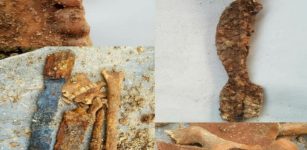 Ancient Tomb Chamber Of Parthian Warrior Was Accidentally Unearthed In Iran
Archaeology | Apr 30, 2020
Ancient Tomb Chamber Of Parthian Warrior Was Accidentally Unearthed In Iran
Archaeology | Apr 30, 2020 -
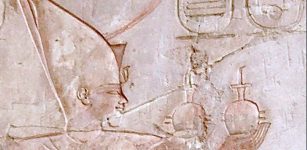 Magnificent Pre-Dynastic City Of Sais And Its Lost Neglected Ruins
Civilizations | Sep 29, 2020
Magnificent Pre-Dynastic City Of Sais And Its Lost Neglected Ruins
Civilizations | Sep 29, 2020 -
 Untold Story Of Mexico’s Ancient Giant Indians – Secret Knowledge Of The Aztecs Revealed – Part 1
Featured Stories | Sep 21, 2019
Untold Story Of Mexico’s Ancient Giant Indians – Secret Knowledge Of The Aztecs Revealed – Part 1
Featured Stories | Sep 21, 2019 -
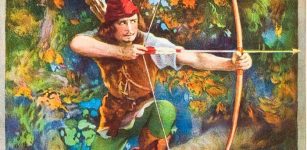 Why The Legend Of Robin Hood Is More Complex Than Previously Thought And Possibly Wrong
Featured Stories | Jul 30, 2022
Why The Legend Of Robin Hood Is More Complex Than Previously Thought And Possibly Wrong
Featured Stories | Jul 30, 2022 -
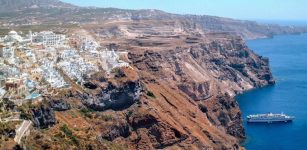 Scientists Attempt To Solve An Ancient Greek Volcano Mystery
Archaeology | Sep 20, 2022
Scientists Attempt To Solve An Ancient Greek Volcano Mystery
Archaeology | Sep 20, 2022 -
 Mystery Of The Banshee – Is The Celtic Death Messenger Linked To The Tuatha De’Dannan Race?
Celtic Mythology | Oct 25, 2015
Mystery Of The Banshee – Is The Celtic Death Messenger Linked To The Tuatha De’Dannan Race?
Celtic Mythology | Oct 25, 2015 -
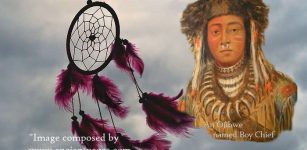 Dreamcatcher: Powerful Protective Amulet Of North American Indian People
Ancient Traditions And Customs | Mar 20, 2020
Dreamcatcher: Powerful Protective Amulet Of North American Indian People
Ancient Traditions And Customs | Mar 20, 2020 -
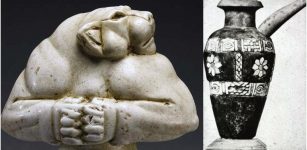 Mesopotamian City Jemdet Nasr Dated To 3100–2900 BC: Sophisticated Irrigation Techniques And Earliest Cylinder Seals
Featured Stories | Dec 18, 2016
Mesopotamian City Jemdet Nasr Dated To 3100–2900 BC: Sophisticated Irrigation Techniques And Earliest Cylinder Seals
Featured Stories | Dec 18, 2016 -
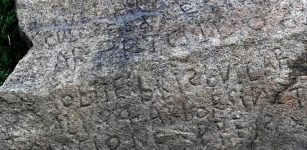 Mysterious Rock Inscription Found In Brittany Baffles Experts – Reward If You Can Decipher It
Archaeology | May 15, 2019
Mysterious Rock Inscription Found In Brittany Baffles Experts – Reward If You Can Decipher It
Archaeology | May 15, 2019 -
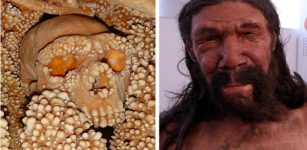 Fascinating Altamura Man – One Of The Most Complete Neanderthal Skeletons Ever Discovered
Featured Stories | Jul 15, 2022
Fascinating Altamura Man – One Of The Most Complete Neanderthal Skeletons Ever Discovered
Featured Stories | Jul 15, 2022 -
 The Man Who Took The Greatest Alchemy Secret Of All Time To His Grave
Featured Stories | Jul 16, 2020
The Man Who Took The Greatest Alchemy Secret Of All Time To His Grave
Featured Stories | Jul 16, 2020 -
 400-Year-Old Documents Reveal Japanese Opium Was Produced For Medical Purposes
Archaeology | Apr 5, 2018
400-Year-Old Documents Reveal Japanese Opium Was Produced For Medical Purposes
Archaeology | Apr 5, 2018 -
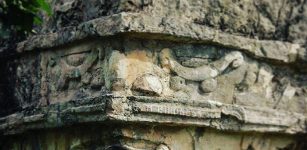 Giant Azaes-Itzamna: Ninth King Of Atlantis, Founder Of Chichen Itza And Teacher Of Maya People
Civilizations | Jun 29, 2017
Giant Azaes-Itzamna: Ninth King Of Atlantis, Founder Of Chichen Itza And Teacher Of Maya People
Civilizations | Jun 29, 2017 -
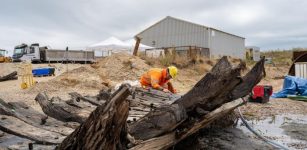 Rare Unexpected Discovery Of Elizabethan-Era Ship At Quarry 300 Meters From The Coast
Archaeology | Jan 2, 2023
Rare Unexpected Discovery Of Elizabethan-Era Ship At Quarry 300 Meters From The Coast
Archaeology | Jan 2, 2023 -
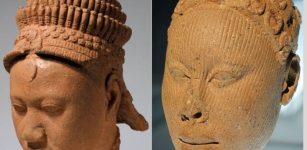 Ife Head: Significance Of The Head ‘Ori’ In Yoruba Ancient And Present Beliefs
Artifacts | Mar 27, 2019
Ife Head: Significance Of The Head ‘Ori’ In Yoruba Ancient And Present Beliefs
Artifacts | Mar 27, 2019 -
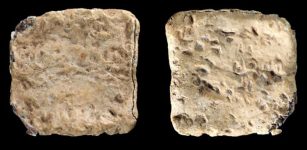 Rare ‘Cursed’ Tablet Predating The Dead Sea Scrolls Discovered On Mount Ebal Could Re-Write History – Scientists Say
Archaeology | Mar 25, 2022
Rare ‘Cursed’ Tablet Predating The Dead Sea Scrolls Discovered On Mount Ebal Could Re-Write History – Scientists Say
Archaeology | Mar 25, 2022 -
 Kali – Hindu Goddess Of Death, Fear And Horror Who Destroys Ignorance, Evil And Establishes World Order
Featured Stories | Sep 28, 2021
Kali – Hindu Goddess Of Death, Fear And Horror Who Destroys Ignorance, Evil And Establishes World Order
Featured Stories | Sep 28, 2021



